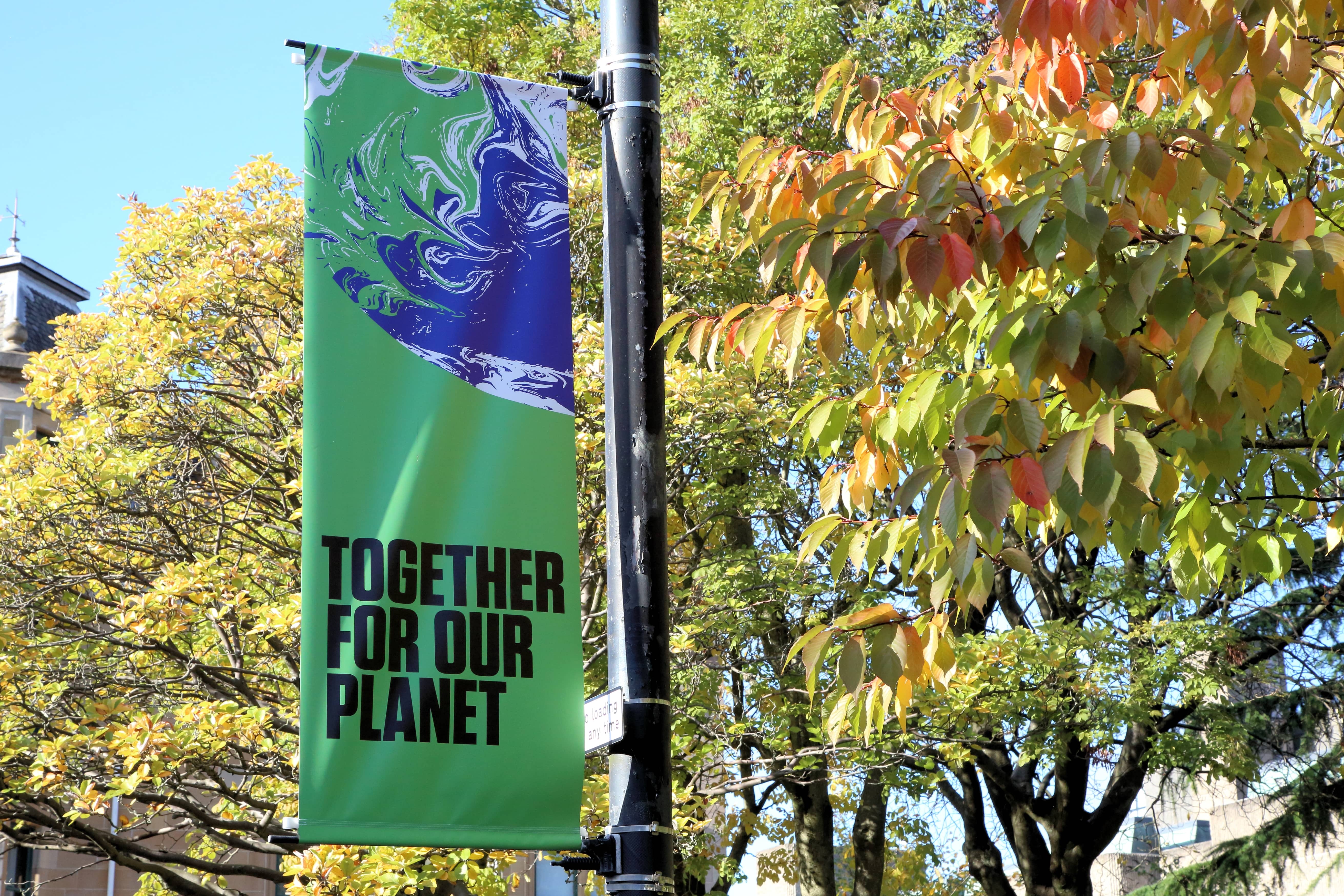Investors that have piled into clean energy ETFs over the past month were given a boost by the climate deal hashed out by global leaders in the final moments of COP26 yesterday.
Clean energy strategies were among the best performing ETFs last month as all eyes turned towards Glasgow, where 197 countries hit the negotiating table to discuss the possibility of a new pact, in the most important climate summit since the Paris Agreement was signed in 2015.
In particular, the First Trust Nasdaq Clean Edge Green Energy UCITS ETF (QCLN) was the second-best performing ETF in Europe in October, returning 23.7%, while HANetf S&P Global Clean Energy Select HANzero UCITS ETF (ZERO) and the iShares Global Clean Energy UCITS ETF (INRG) returned 19.1% and 16.4%, respectively.
Furthermore, the Invesco Solar Energy UCITS ETF (RAYS) and the Solar Energy UCITS ETF (TANP) jumped 23.2% and 17.9% over the same period, respectively.
At COP26, the Glasgow Climate Pact was signed following two weeks of negotiations, which agrees to an acceleration in climate action this decade in order to stop temperatures rising more than 1.5°C.
In particular, the pact calls for a “phasing down” of coal power which is the first time a climate deal of this nature mentions coal as a key danger to the transition to net-zero emissions. However, the language was amended from a total “phasing out”, a small win for the likes of India and China.
Despite this, the pact only reinforces the need for cleaner forms of energy in the transition towards a low carbon economy.
As German environment minister Svenja Schulze told the audience at COP26: “Glasgow brings a clear acceleration for climate protection, and more speed is also needed. The fossil fuel era is coming to an end, the energy transition is becoming the guiding principle worldwide.”
Clean energy transition: Capitalising from the global megatrend
As a result, investors have been piling into clean energy ETFs. Highlighting this, the iShares Global Clean Energy UCITS ETF (INRG) and its US-listed counterpart, the iShares Global Clean Energy ETF (ICLN) have seen a combined $508m inflows over the past month, as at 12 November, according to data from ETFLogic. This demand will only increase as the need to transition to net-zero becomes even greater.
The key lessons from COP26 will be analysed at ETF Stream’s Big Call: ESG Investors Forum event on Wednesday where keynote speaker Beata Bienkowska, deputy research lead and project coordinator at the Transition Pathway Initiative, will discuss the different ways investors can have an impact.



